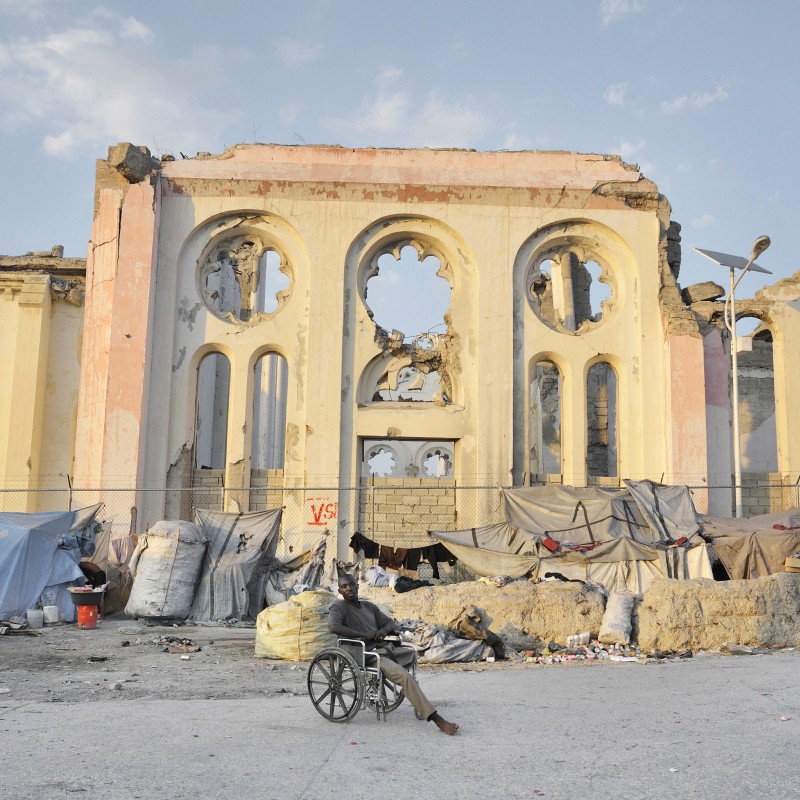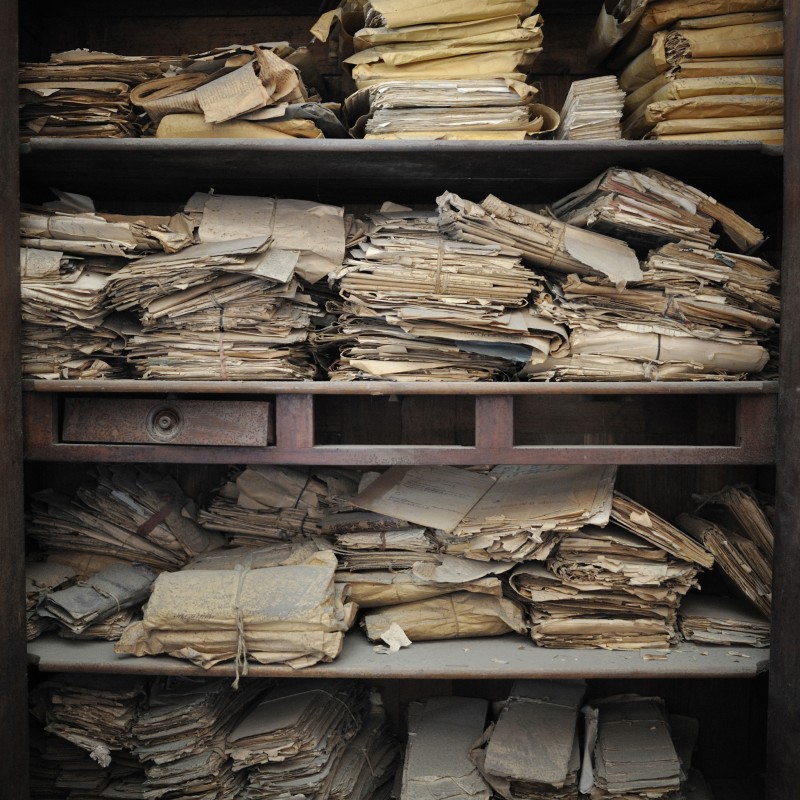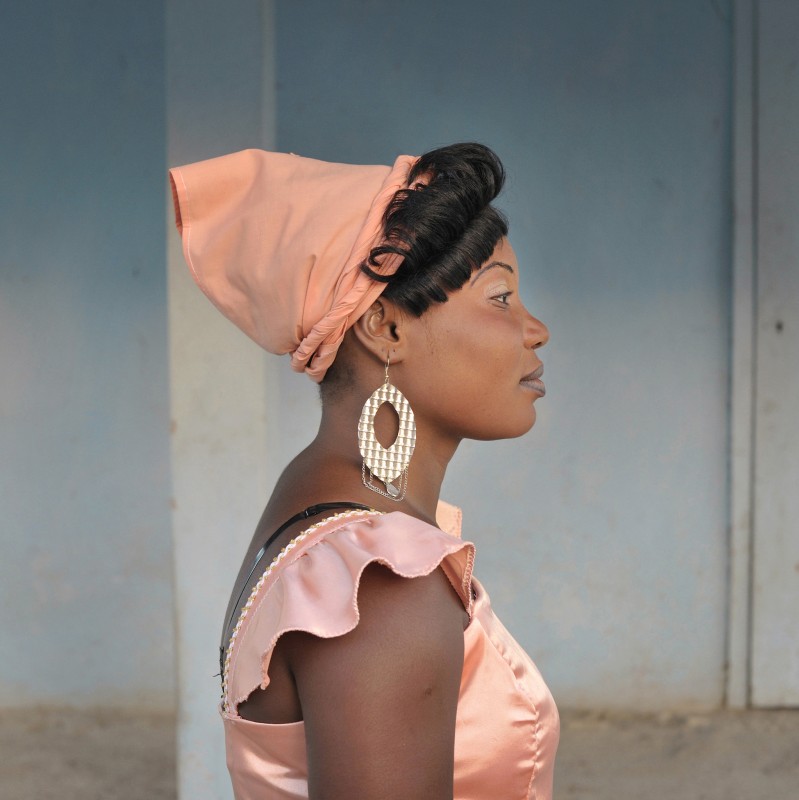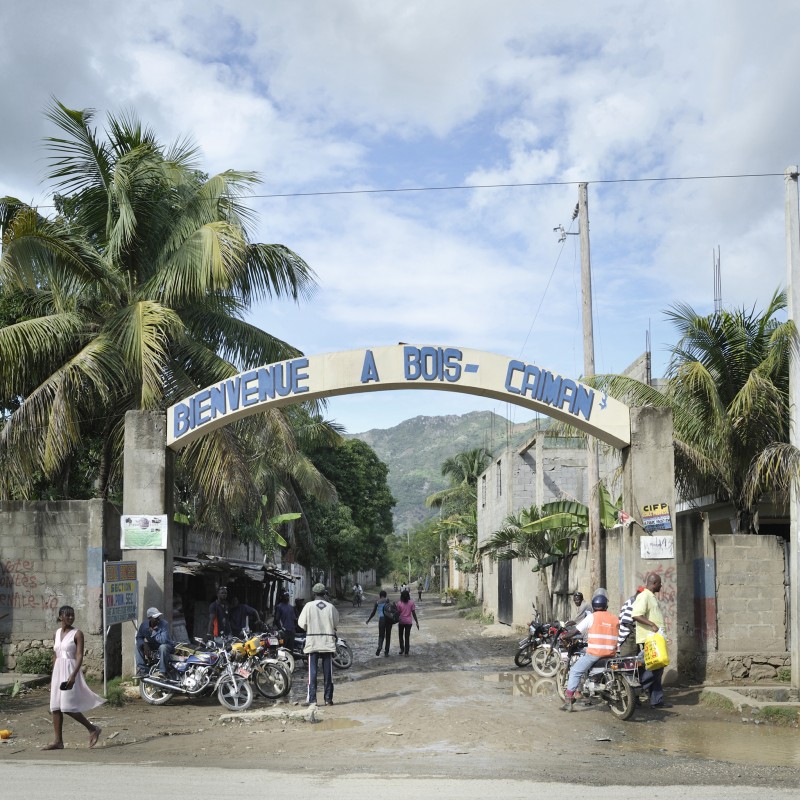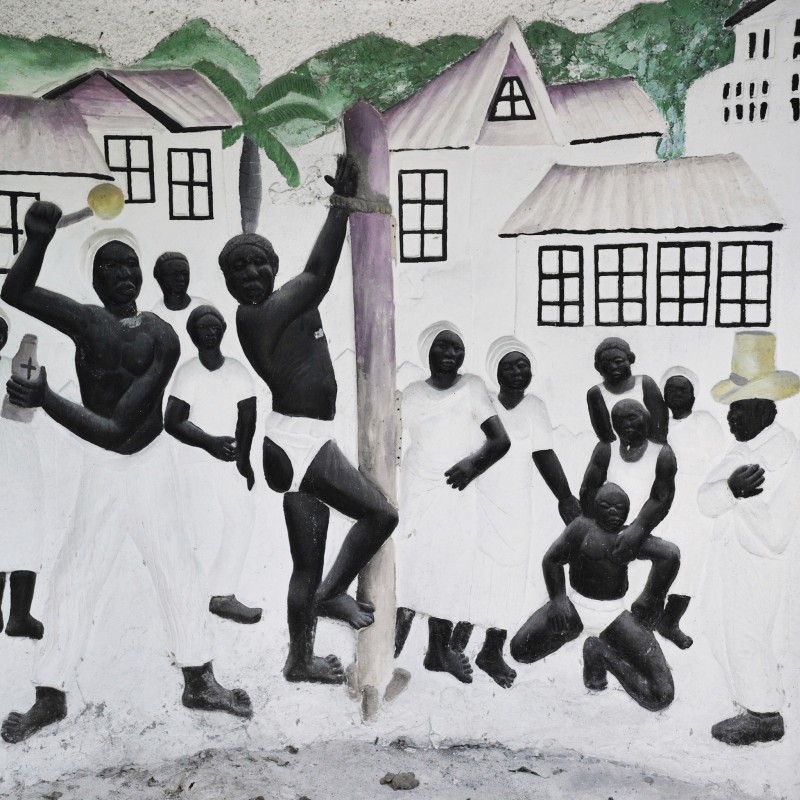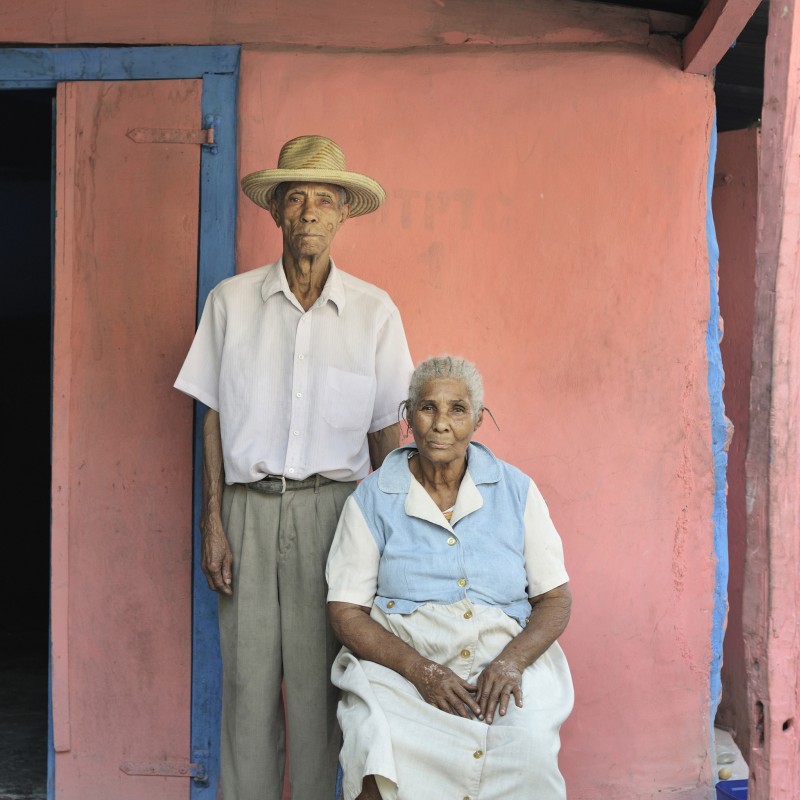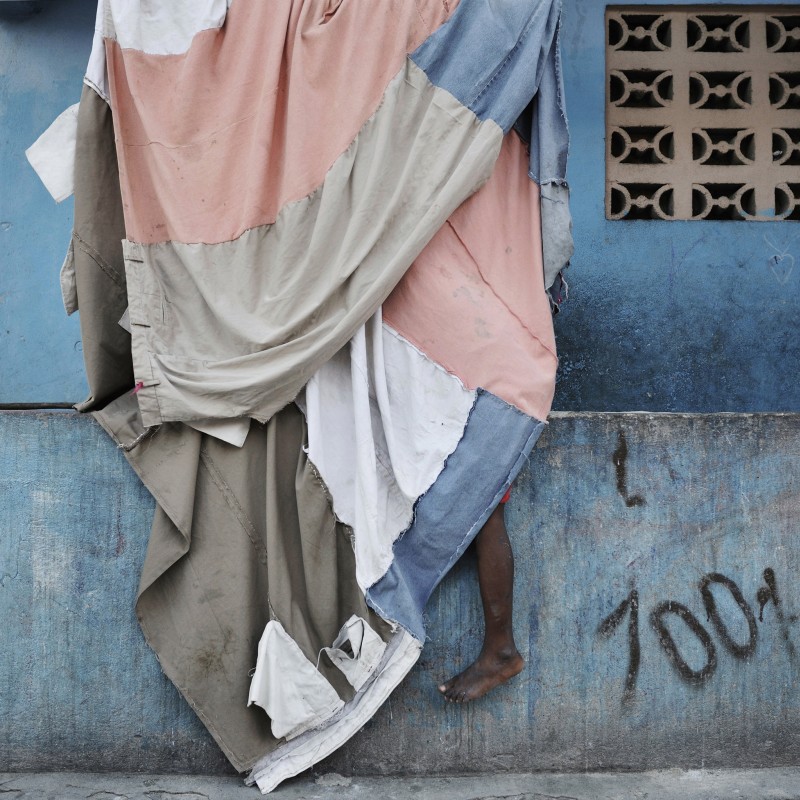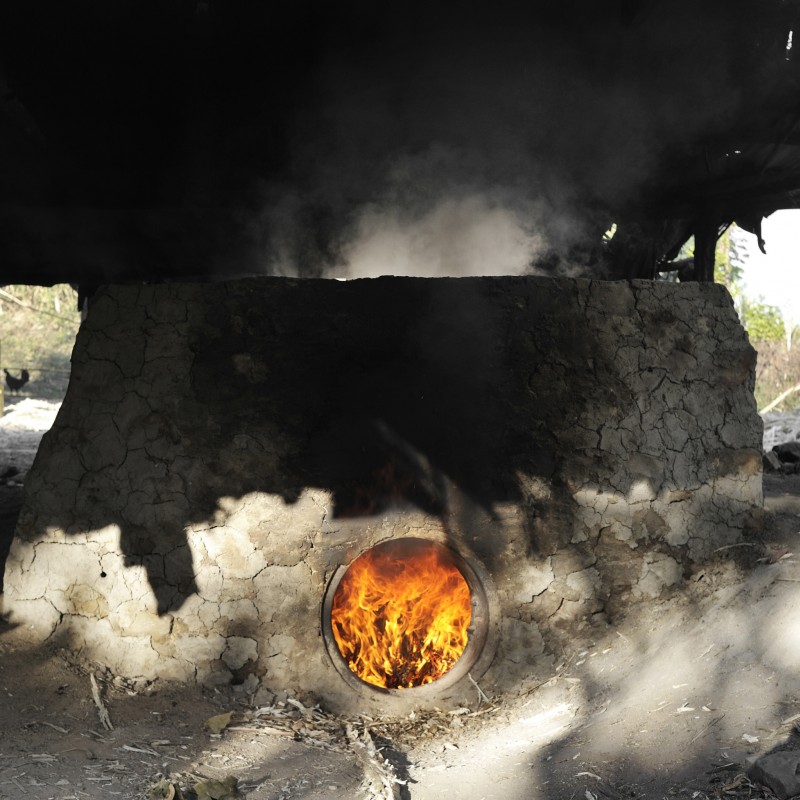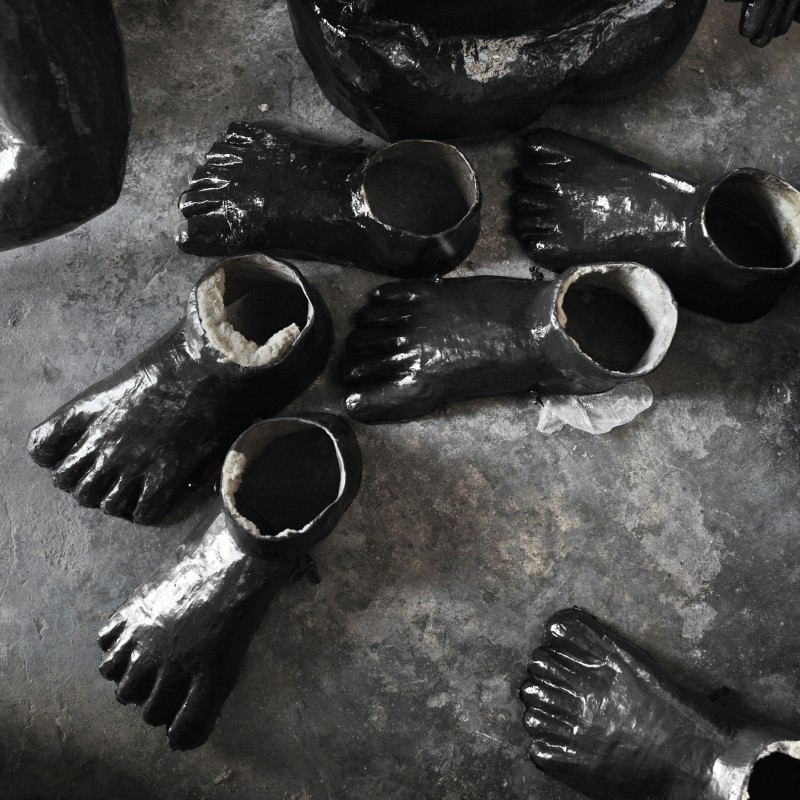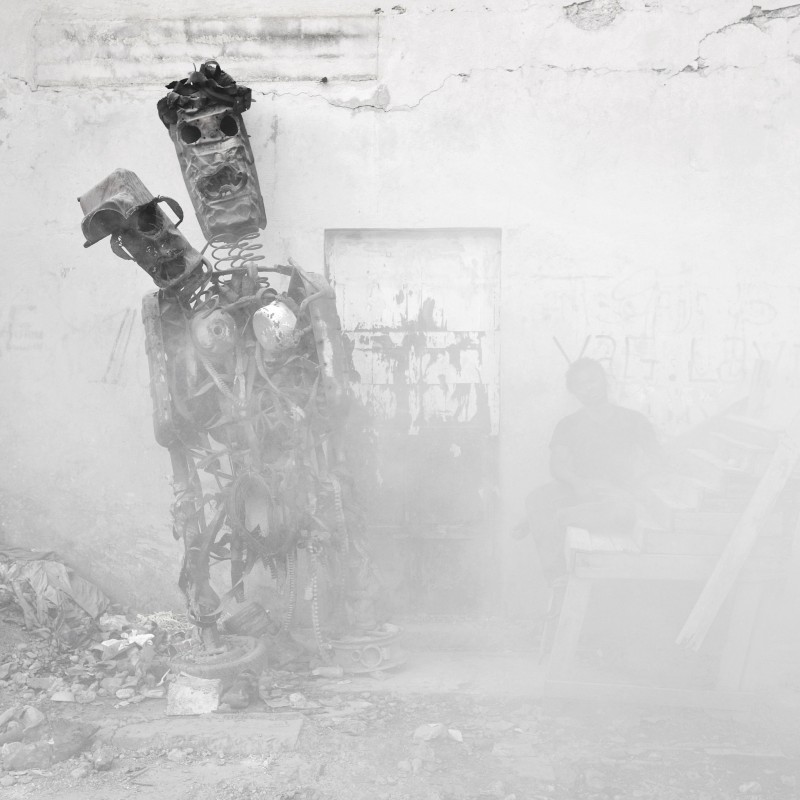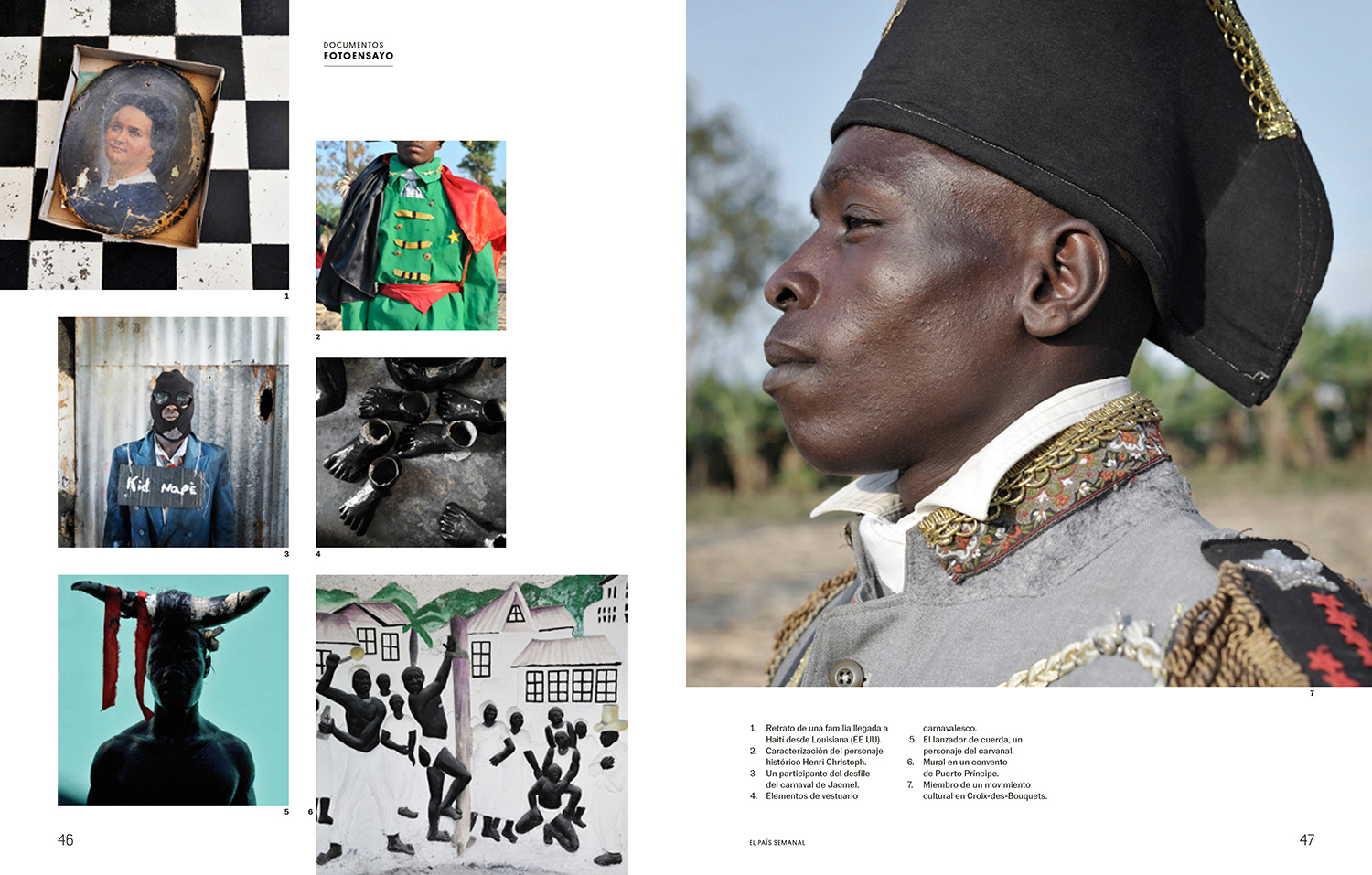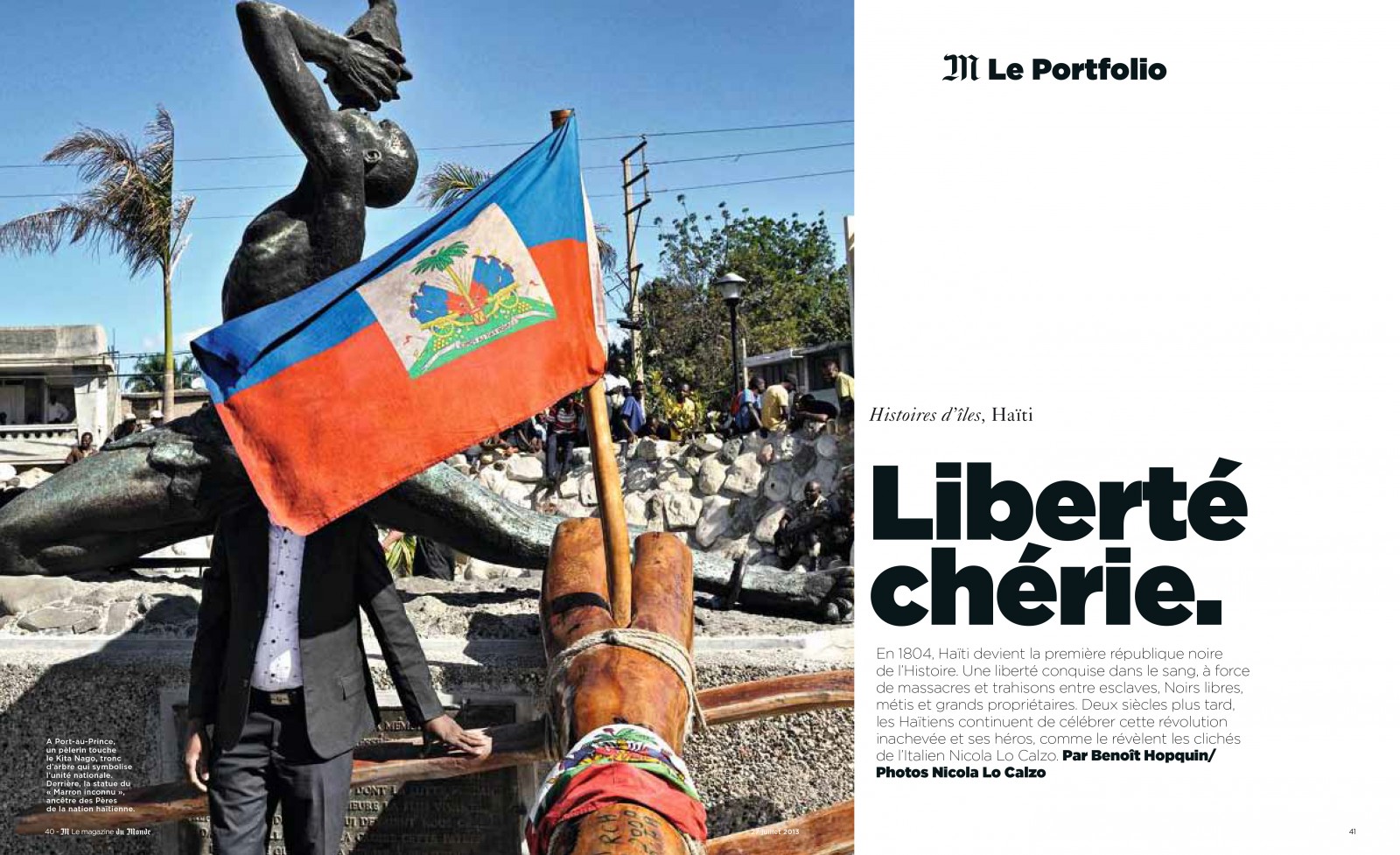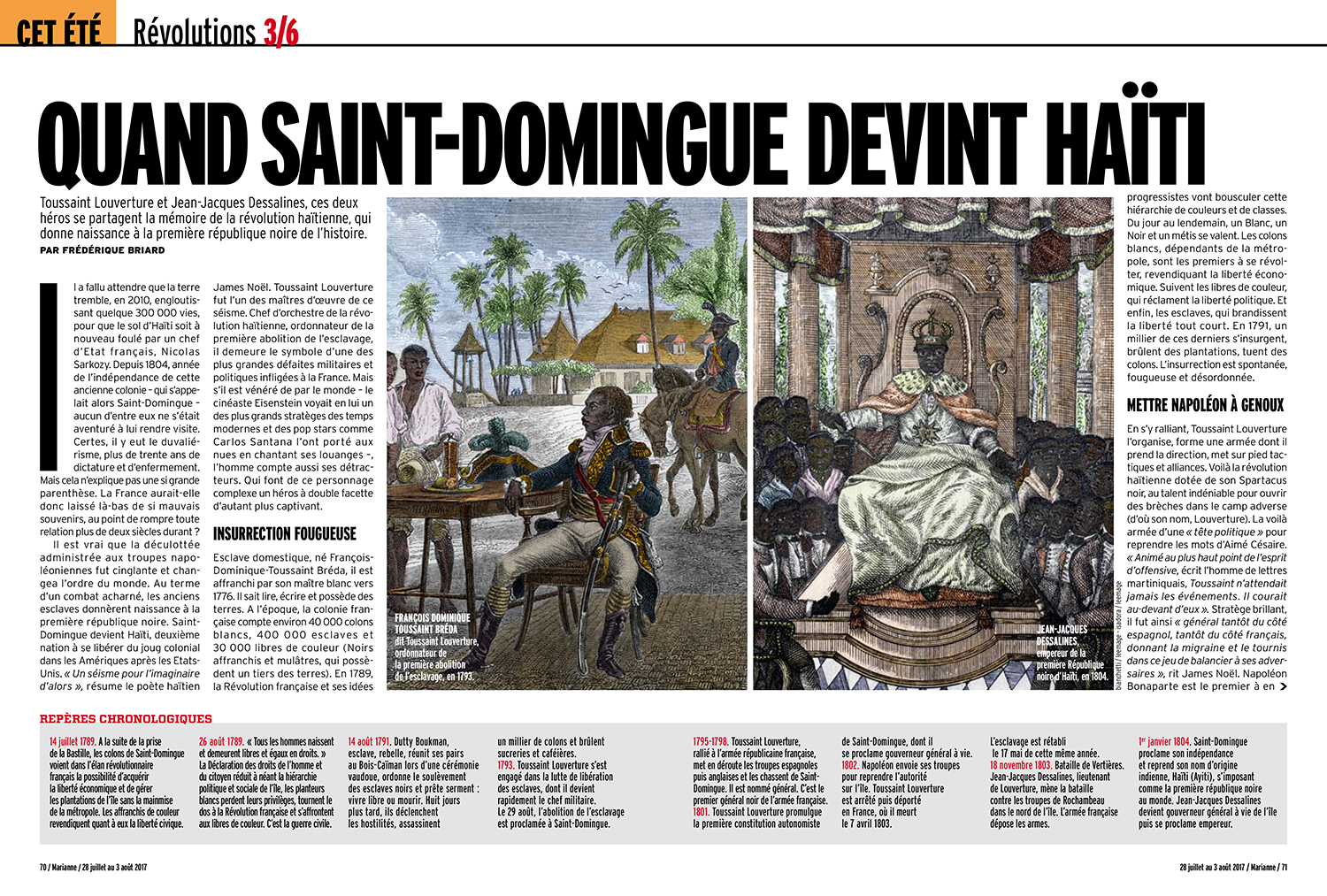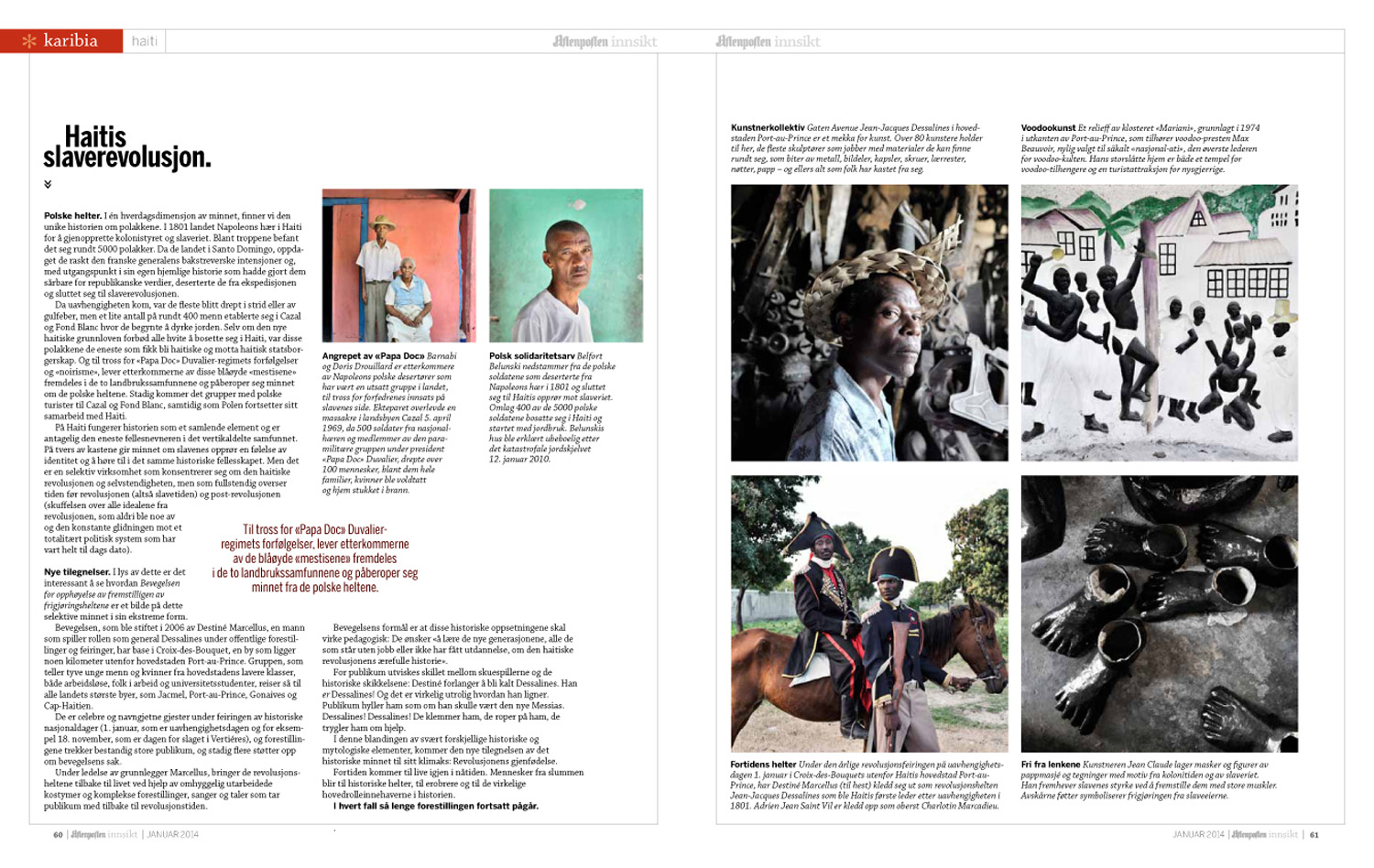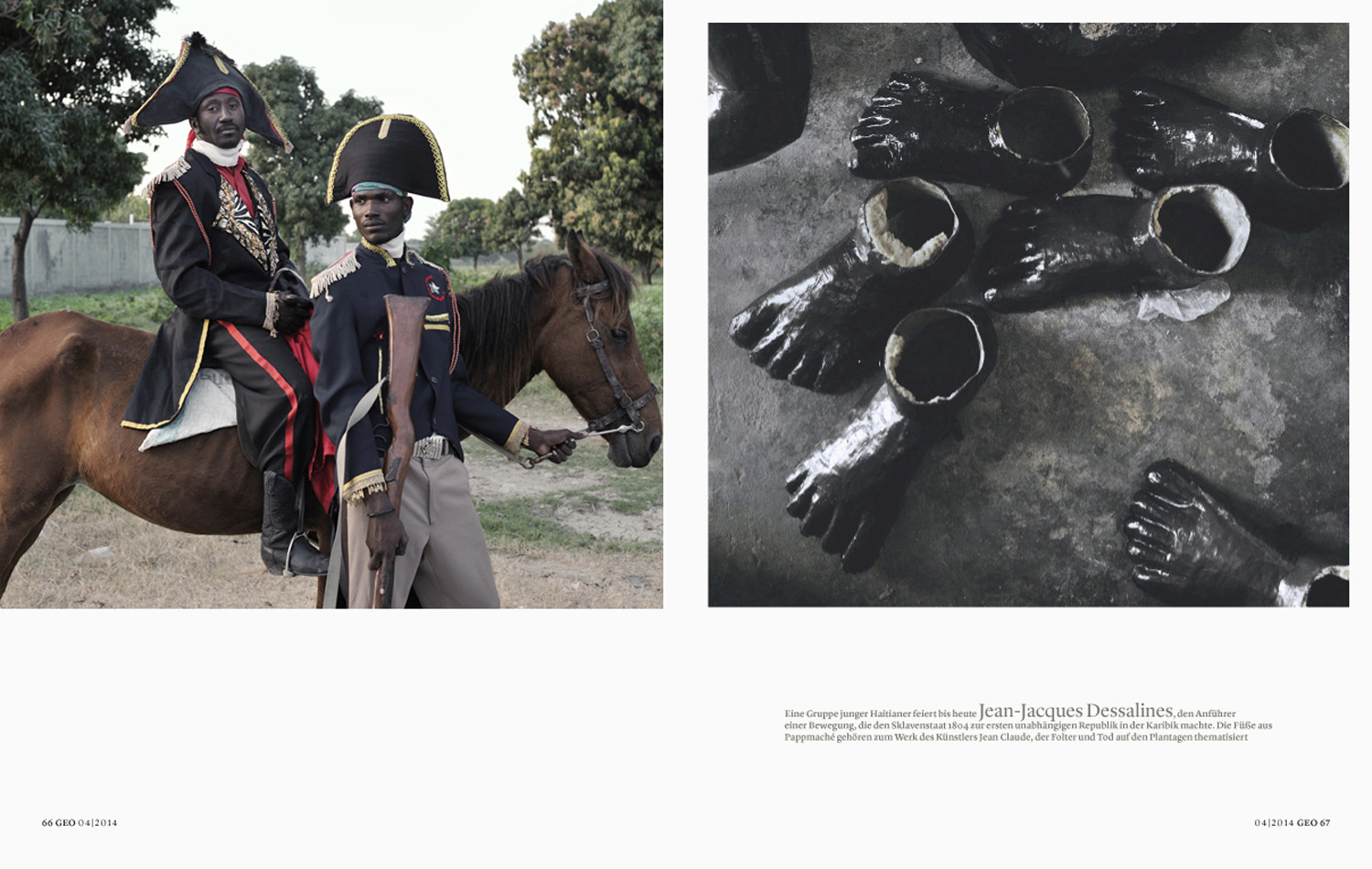Haiti: Memory and oblivion of Haitian Revolution
The unique aspects of Haiti, whose date of birth coincides with the abolition of slavery and the birth of the first black republic in 1804, have been determined by its history. In Haiti, the memory becomes a unifying element, perhaps the only common denominator of a vertical society divided into castes. In all social latitudes, memories of the resistance to slavery acquire a value of identity and give a sense of belonging to the same historic community. But these are selective memories, which coincide with the memory of the Haitian Revolution and the Independence, while erasing both the colonial and the post-revolutionary period.
Unlike the removal operated by the Western world, these memories have been embraced by the different social groups living in the country, each in its own way, so that today Haiti has an exceptional heritage based on popular culture, even if largely unrecognized by the public institutions and the international community.
This series (2012-2013) traces for the first time the multiple experiences related to these key memories, the descendants of revolutionaries, the Voodoo pantheon, the "Poles" affair, the Carnival in Jacmel, the "relics" of national heroes, the question of the debt (or ransom) of Haiti and the new forms of re-appropriation of the past, to the impressively popular initiative of the "Movement for the Success of the Image of the Independence Heroes" (Mouvement pour la Réussite de l’Image des Héros de l’Indépendance d’Haïti).
In Haiti, memory becomes a unifying element, perhaps the only common denominator of a vertical society divided into castes. Everywhere, memory of the resistance to slavery takes on a value of identity and a sense of belonging to the same historic community. But it is indeed a selective memory, which coincides with the memory of the Haitian Revolution and the Independence, while excluding both the Ante Revolution (slavery) and the Post-Revolution period (disappointment and the drift of the totalitarian regimes until today).
In light of all this, the extraordinary experience of the "Movement for the Success of the Image of the Independence Heroes" is indicative of this selective memory taken to extremes. This association, founded in 2006 by Destiné Jean Marcellus, who plays Dessalines in public shows and celebrations, is based in Croix-de-Bouquets, a town located a few miles from the capital. The movement brings together twenty young men and women from the lower class of the capital, both unemployed and active workers, and university students as well.
This young people travel across the main cities, such as Jacmel, Port au Prince, Gonaives, Cape Haitian. They are celebrated and acclaimed guests during the celebration of the National Days (January 1st, the Independence day, November 18th, i.e. the day of the Vertières battle), and their shows attract big audiences, more and more loyal to the cause of the movement. Under the leadership of their founder, they bring back to life the main heroes of the Revolution, supported by elaborate costumes and complex acts, songs and speeches that take back to the revolutionary period. The claimed objective of each representation is pedagogical: they want "to teach the new generations, with no jobs and poorly educated, the glorious history of the Haitian Revolution." The line between the actors and the characters blurs in the eye of the public: Destiné demands to be called Dessalines. He is Dessalines! Truth to be told, his resemblance to the historic character is astonishing. The public hails him as a new messiah, "Dessalines, Dessalines!", they hug him, they call for him, they beg him.
In a mixture of wildly different elements taken from history and mythology, the re-appropriation of this memory leads to its climax: the reincarnation of the Revolution. The past is coming back to live once again in the present time. People from the slums mutate into heroes, into conquerors and become the true protagonists of history, at least as long as the performance is ongoing.
Nicola Lo Calzo




